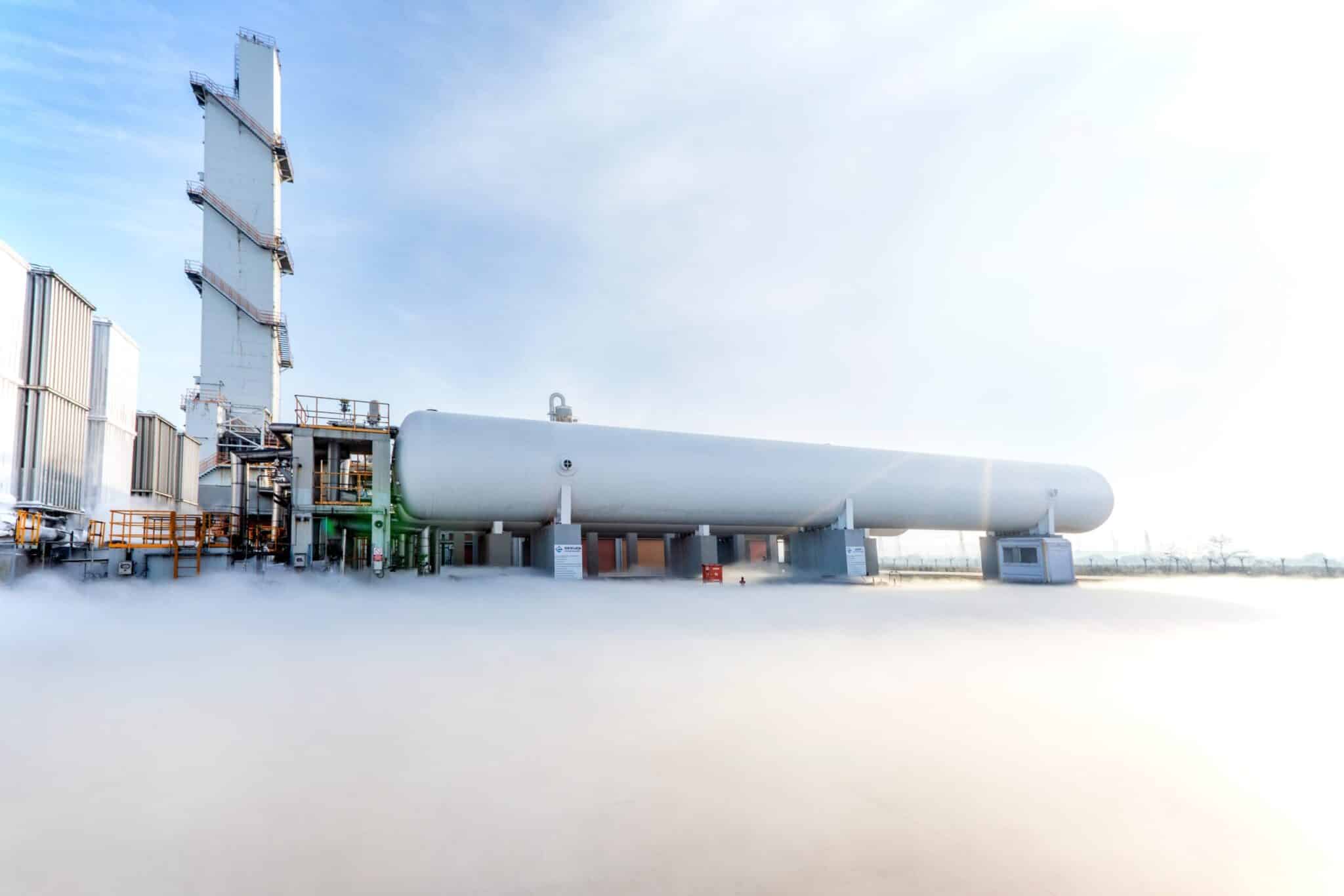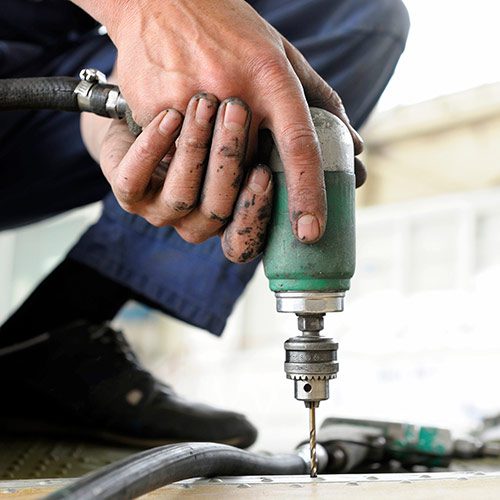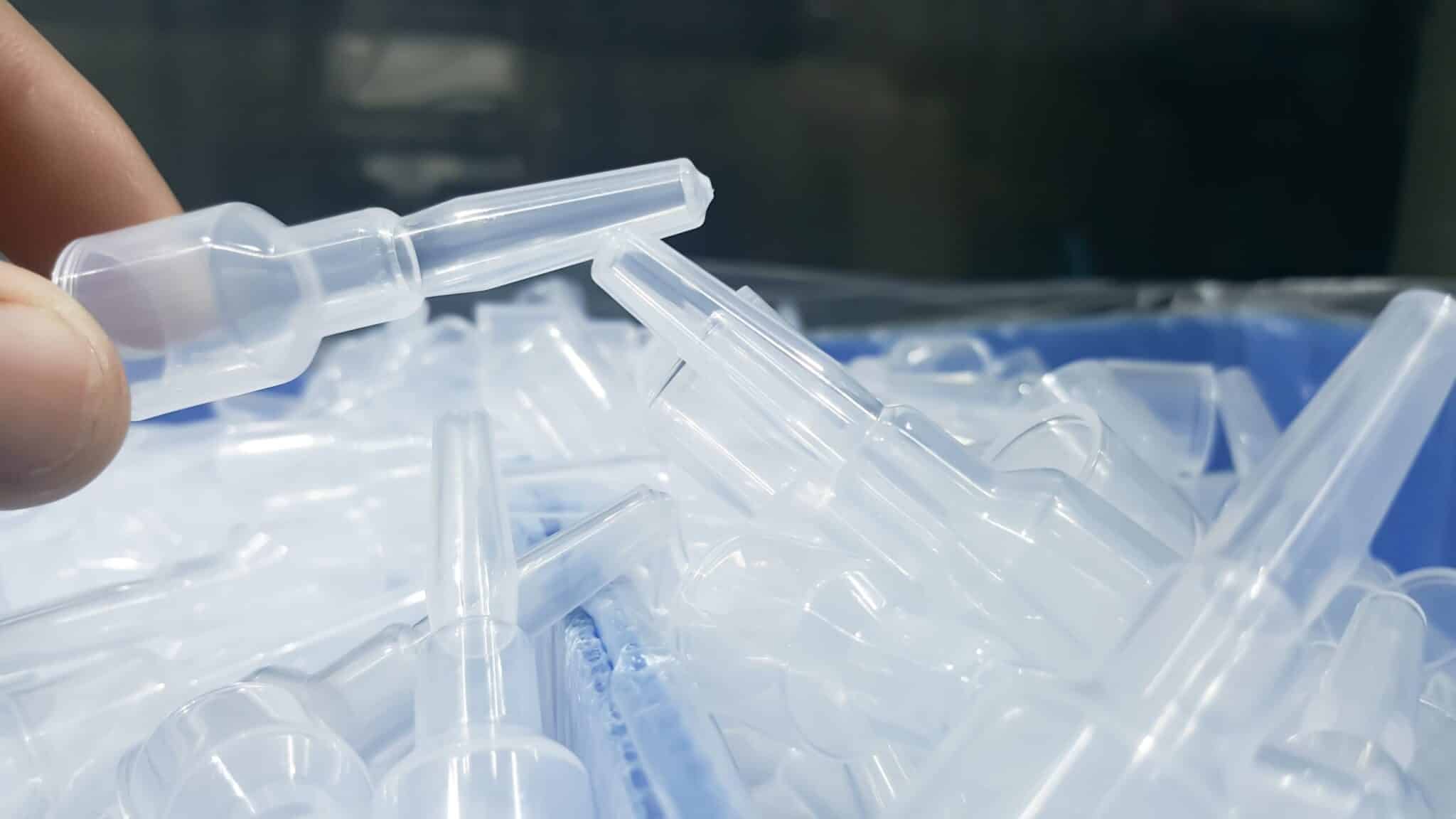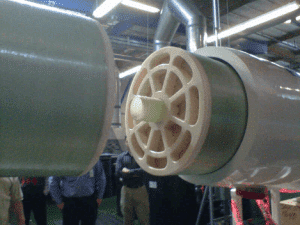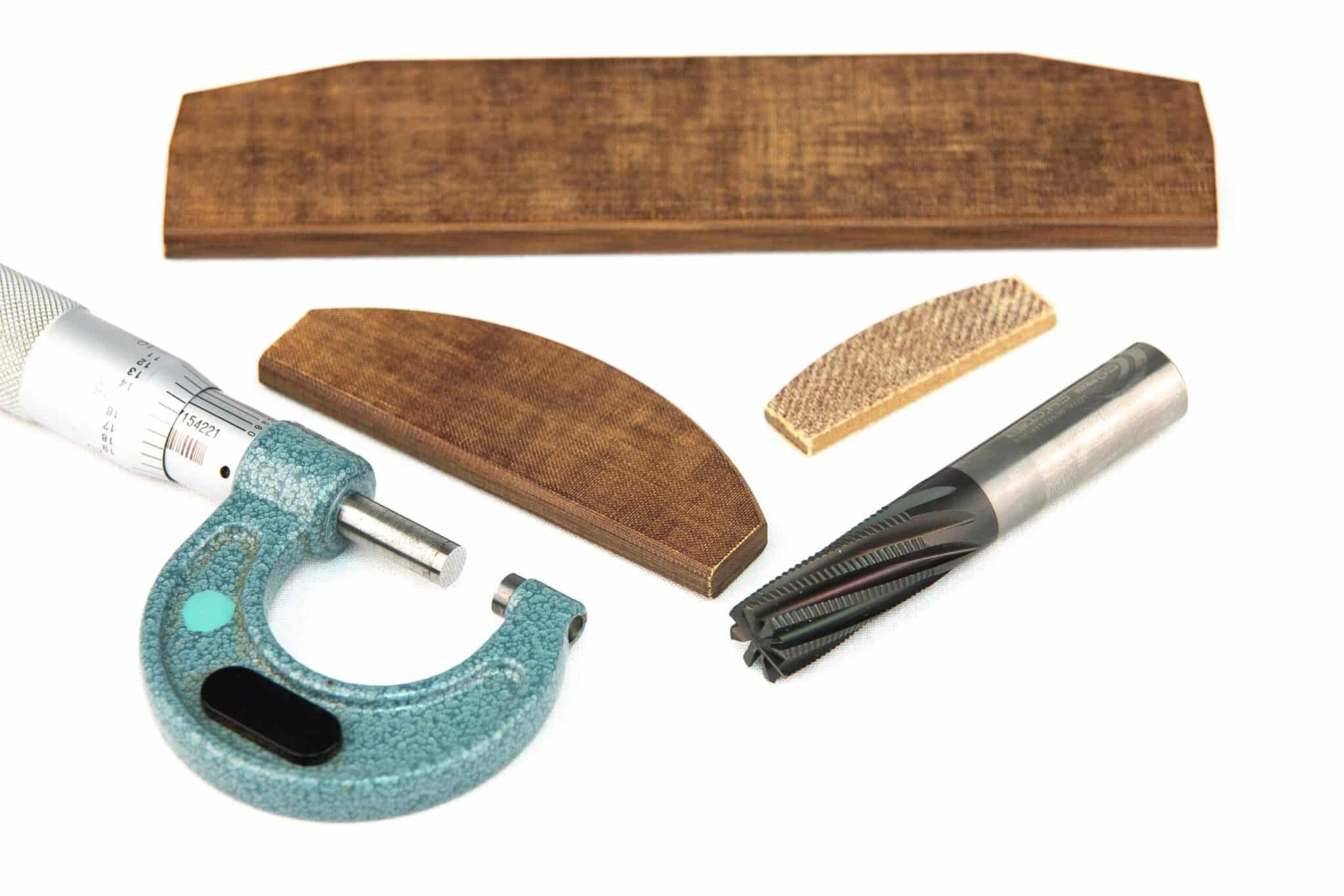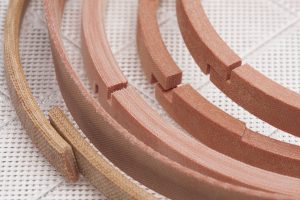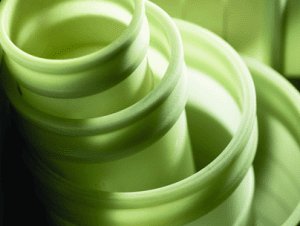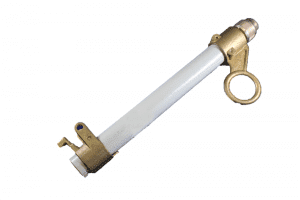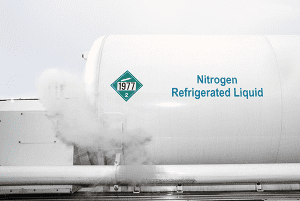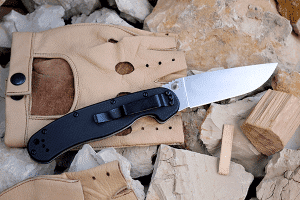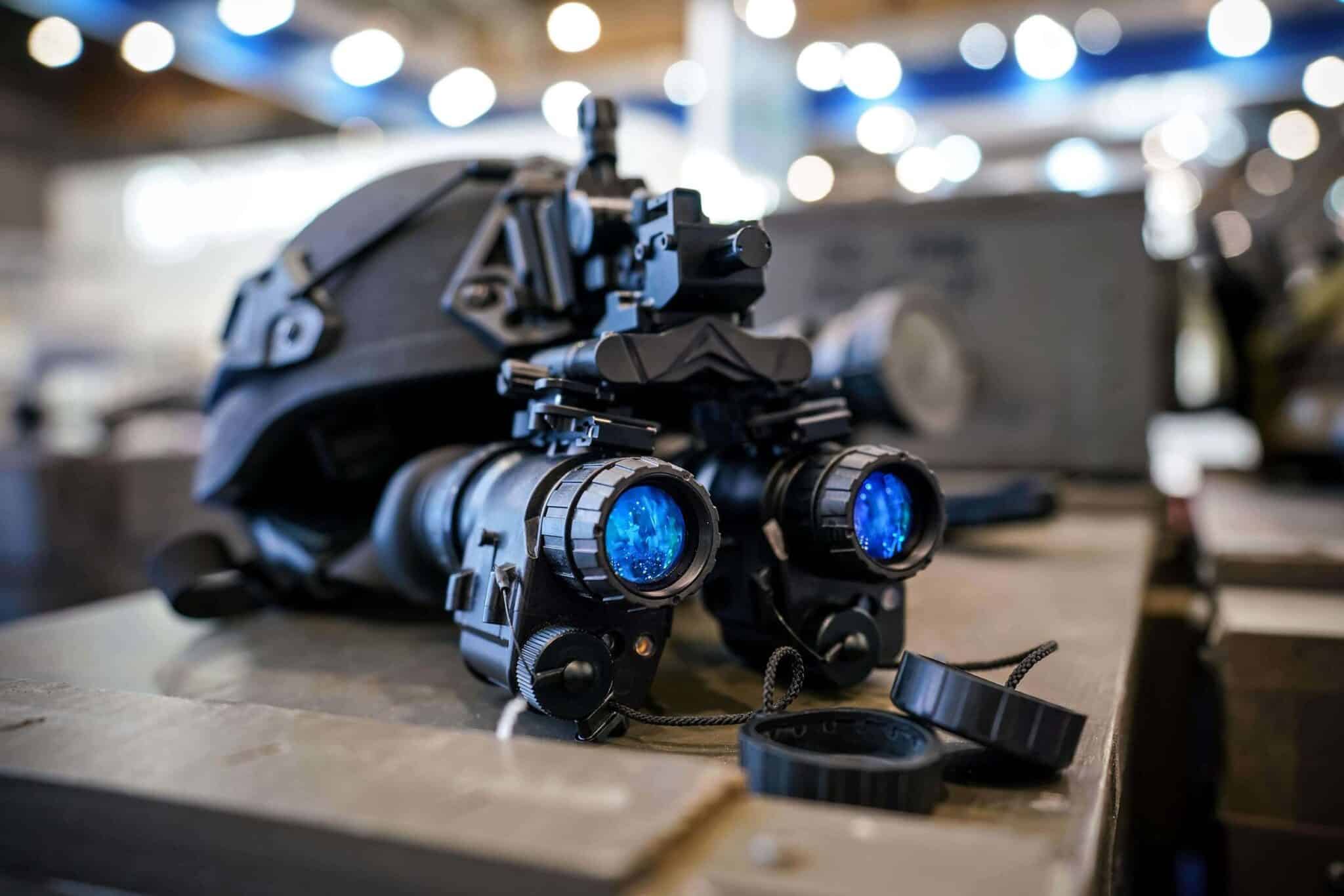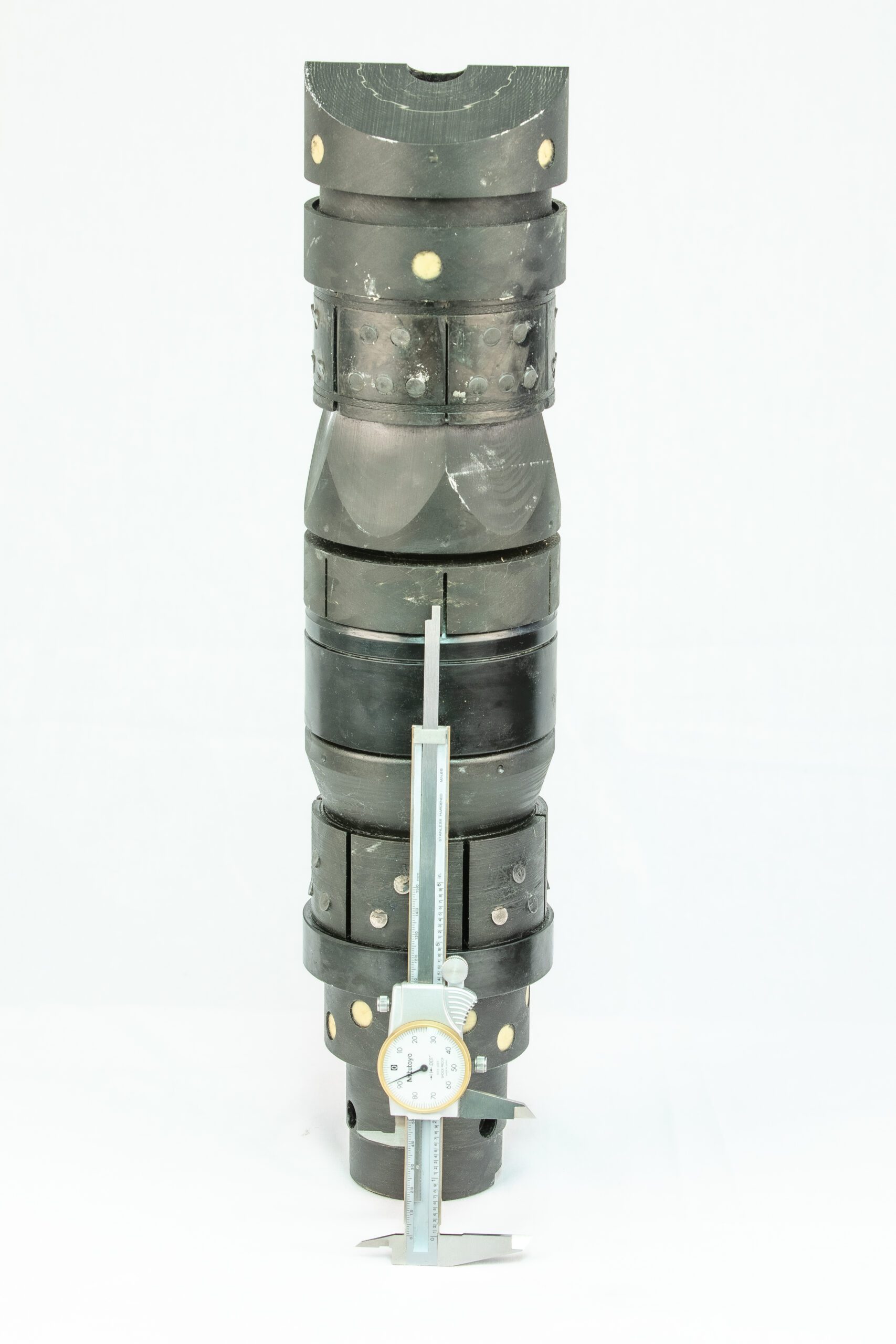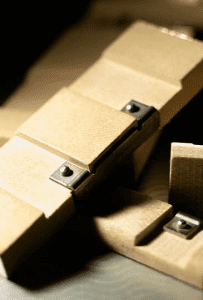Filament Wound Tubes
Filament winding creates cylindrical shapes with very specific mechanical and thermal properties that are custom designed for the application. A CNC machine dips glass fiber into a custom-developed resin system. This impregnated glass fiber is then wrapped around a steel mandrel a specified number of times at engineered angles to create a tube. There are many critical variables to provide the desired outcome. 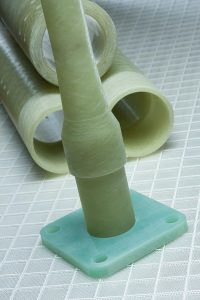
The resin system is specifically designed to provide mechanical and thermal properties. Some resins support the end product in operating in extreme temperatures. Others modify electrical conductivity or resistance. Resins can also be dyed to notate various characteristics or match a customer’s brand marketing scheme. The resin/glass combination also lends itself well to painting for similar outcomes.
The type and angle of the glass fiber provide mechanical properties. When fiber is laid down at up to an 85 degree angle relative to the mandrel, the resulting structure provides very high burst strength. These characteristics are needed in various pressure applications. When the fibers are wound closer to 30 degrees to the mandrel, the tube provides high mechanical performance axially (compressive and tensile strengths). Our machines can produce tubes up to 84” in length and wall thicknesses up to 1.5 inches.
Related Markets
Spaulding Composites, Inc is a manufacturer and fabricator of engineered thermoset advanced composite materials and components, designed to meet and exceed the specific requirements of our global industrial customers.
See How Spaulding Composites Can Apply Its Expertise to Your Complex Application
Spaulding Composites has a solid history of providing filament wound tubes for reverse osmosis/water filtration markets as well as electrical power distribution and control markets. Our resin systems function from down to cryogenic temperatures up to 220C. We can also wind filaments around specialty materials, such as vulcanized fiber or thermoplastics, to provide additional insulating or conductive properties.
Related Applications
In order to succeed, your company needs a reliable partner for your high-technology products.
Contact the Leaders in Engineered Composites
We would love to hear from you! Have a question, or simply interested in learning more about our engineered composites and materials? Please fill out the easy contact form below and one of Spaulding’s representatives will contact you soon. Thank you!


